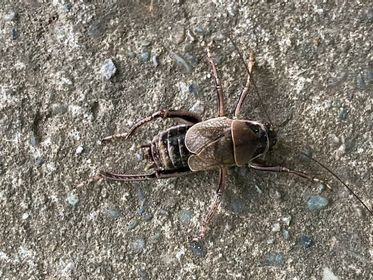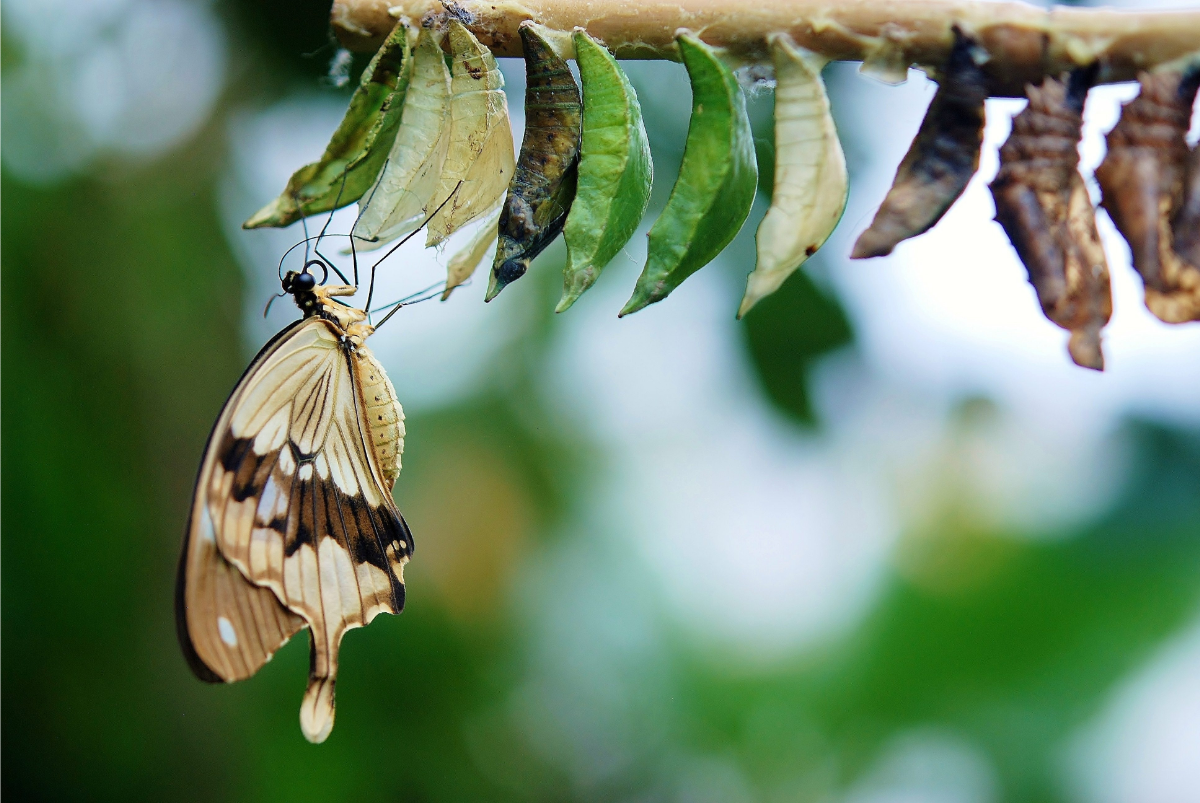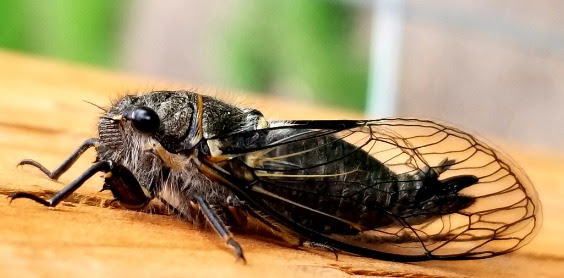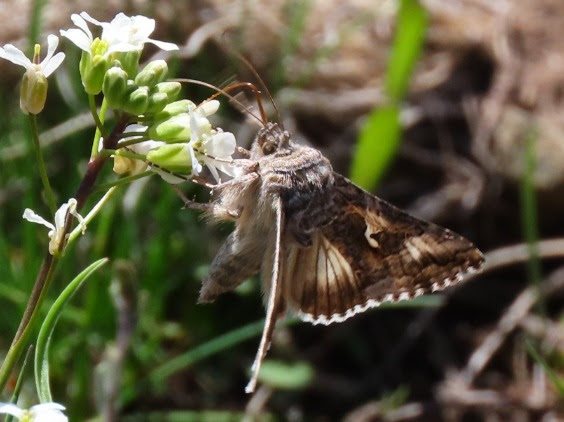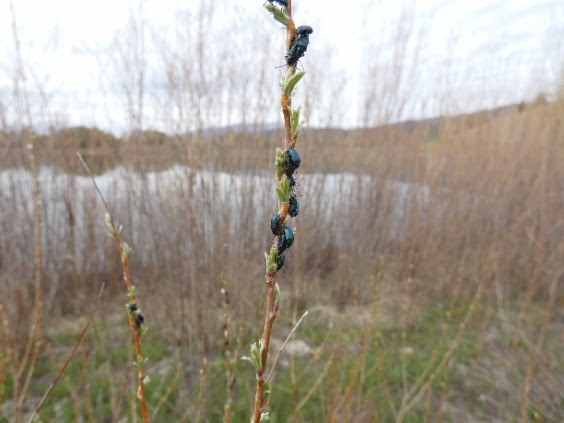These bulky insects are in the same order as grasshoppers, crickets, and katydids (Orthoptera). Males call at night, making a high-pitched sound used to attract females and claim their territory. […]
Read MoreArticles by: Butterfly House
Reticulated Beetle (Priacma serrata)
Arthur has observed a few of these on his property, which means there’s probably some dead timber nearby, food for the wood-boring larvae. If you take a closer look you will notice […]
Read MoreStriped Sweat Bee (genus Agapostemon)
These native bees are typically a metallic green or blue color (especially the head and thorax). There are 44 species in the genus, ranging from Canada to Argentina. They are […]
Read MoreNotes from the Lab: Special Announcement
Welcome back to the Lab! As we move into summer, I’ve decided to take a break from writing Notes from the Lab while I focus on our exciting summer programs. […]
Read MoreCicada (genus Platypedia)
We have 17 different species of cicadas in Montana that spend two to five years living underground in the nymph stage, feeding on tree roots. Once they emerge, their lives […]
Read MoreCicada (genus Platypedia)
This freshly emerged cicada was found with its exuvia nearby. After leaving its underground life behind, it climbed to the nearest available vertical surface and began to shed its nymph […]
Read MoreAlfalfa Looper Moth (Autographa californica)
Unlike most moths, Alfalfa Loopers are active day and night. You may see them visiting flowers for nectar, as well as fluttering to lights at night. They are primarily found […]
Read MoreFlea Beetles (genus Altica)
As far as beetles go, these guys are pretty small (ranging from 1/16 to a whopping 1/4 of an inch). Thanks to oversized hind legs, they are good jumpers—hence the […]
Read MoreFlea Beetles (genus Altica)
As far as beetles go, these guys are pretty small (ranging from 1/16 to a whopping 1/4 of an inch). Thanks to oversized hind legs, they are good jumpers—hence the […]
Read MoreNorthern Carrion Beetles (Thanatophilus lapponicus)
These beetles are mostly found on carrion, where the larvae feed on the carcass and adults feed both on the carcass and live insects, especially fly larvae. There are two […]
Read More